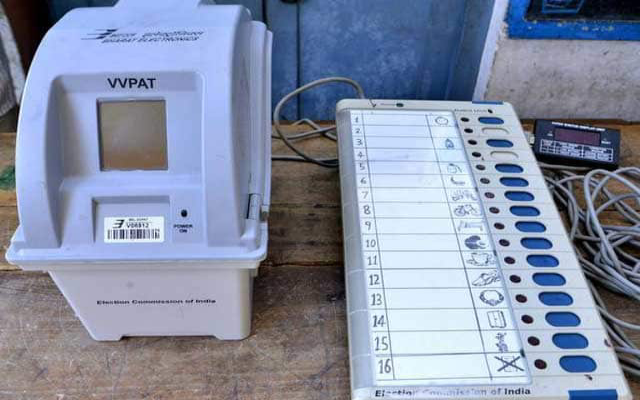
As a business holder, one must always keep clear and clean accounting details for a better business. These accounting details help them to earn their trust from the business investors and their clientele. On the other hand, precise account details help ensure the business can carefully maintain and manage its resources. If you want to ensure your business grows appropriately, you need to check everything is fine. Here are the golden rules of accounting with examples that can help you to ace the game-
Types of account and the golden rules related to each type
The basic golden rule is to understand each type of account and how to manage the accounts. In general, these following accounts are used in business dealings- real, personal dna nominal accounts.
- Real account- The real account is the general ledger account for assets and business liabilities. The bank accounts are examples of real accounts. The golden rule of accounting with business says that in real accounts like bank accounts, you need to debit the money that comes in the business investment and deposit what goes outside.
- Nominal Account- The nominal account can also be called a general ledger account, which helps maintain fate on all the debits, credits, losses, transactions, including daily and monthly ones. The interest account is an example of such type.
In such cases, you need to use the business profit and credit note, and the loss or expense is debit notes. - Personal account- Creditor accounts and similar accounts that offer a general transaction ledger for everyone related to a business are called personal accounts. Here you have to use the giver as credit and the receiver as the debit.
These are the main three golden rules of accounting with examples.
- Debit note
In each of these cases, you have seen the immense importance of debit and credit notes. So, what is a debit note and credit note?
Debit note – If consumers return the supplied items or the provided services to the business provider because they are unsatisfied, the returned goods or services are considered debit notes. On the other hand, revised items, because they fail to meet the standards, are also called debit notes.
For example, consider that a trader buys some goods from the manufacturer. Later the trader realizes that some of these products are not up to the mark or are disputed. The amount spent on these goods is considered debit notes. - Credit note
A credit note is the consumer’s receipt from the seller’s end after the consumer returns some goods or services to the seller due to some problem.
For example, suppose a consumer buys goods worth 1000 INR from a shop. But, they have to return the purchased goods ads these are not satisfactory. In this case, the seller issues the consumer credit, not in the amount of INR 10000.
Suppose you have a clear knowledge about what is a debit note and credit note. In that case, the whole procedure of maintaining the account becomes easier.















